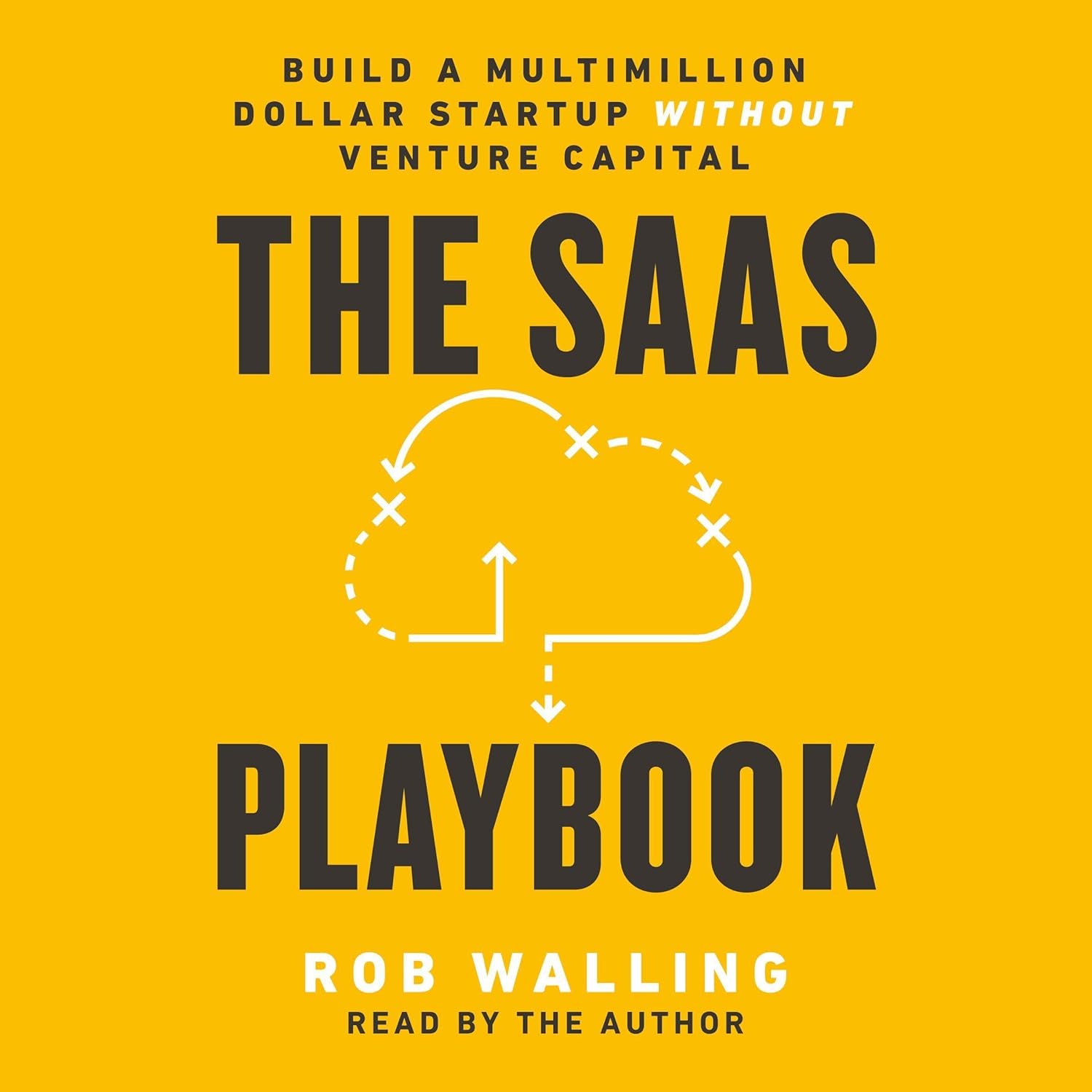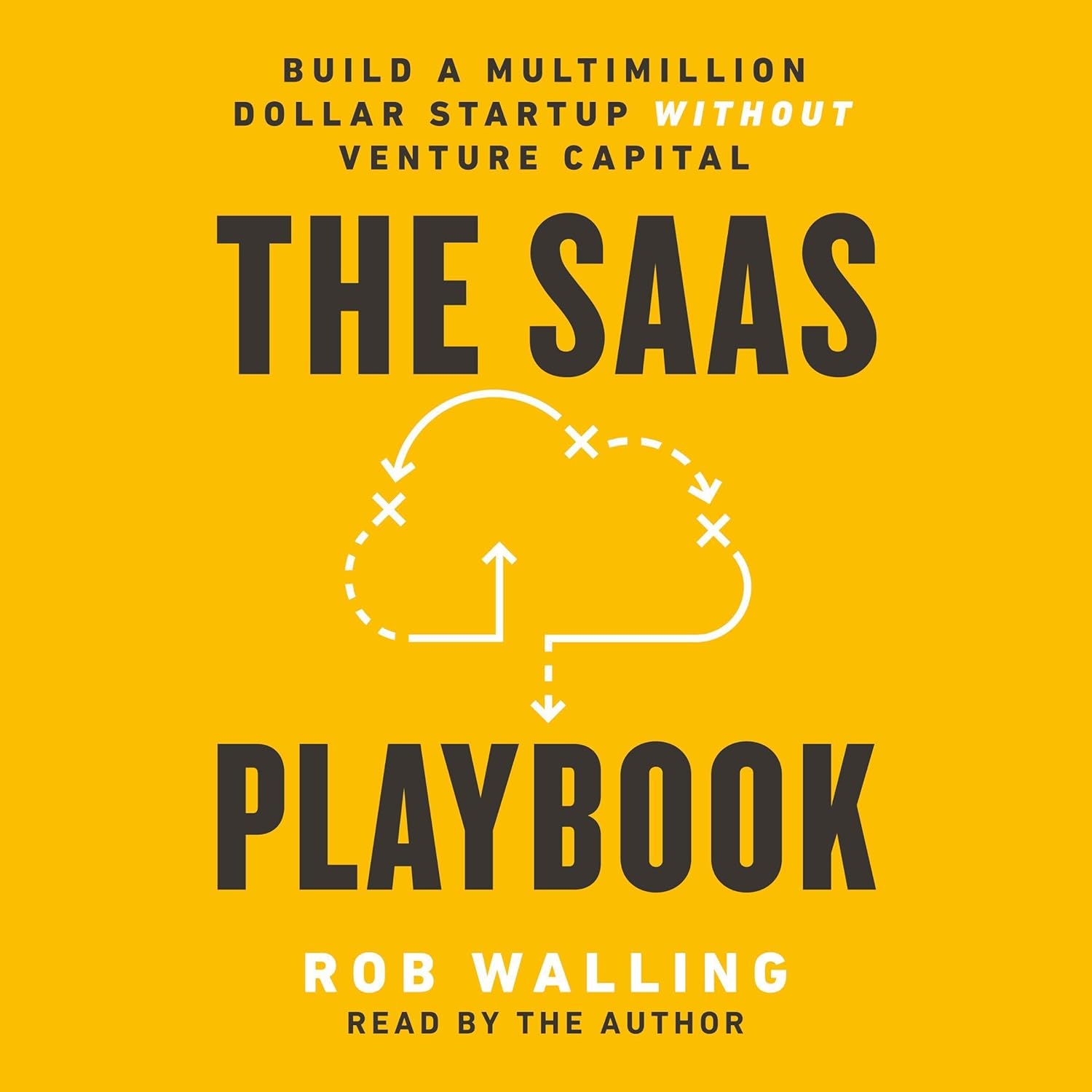I recently finished The SaaS Playbook by Rob Walling, and I have to say, this book has offered me invaluable insights into the world of software as a service (SaaS). As someone who has been passionately following startup trends and entrepreneurial strategies, I decided to dive into this title because it promises actionable advice for building profitable software products without necessarily needing venture funding or mainstream investment. This was appealing to me as I’ve always believed in bootstrapping over waiting for that magical investment round.
Upon diving in, I found Walling’s approach refreshingly straightforward. He does an excellent job of laying out strategic frameworks that can help any aspiring entrepreneur, regardless of their coding background or experience in the tech world. The book’s strength lies in its practical and no-nonsense advice, which is echoed in the feedback from other readers, like Seth, who called it "the best book on SaaS business development" and noted it was filled with "practical and actionable advice – no fluff." I wholeheartedly agree with this sentiment.
One of the standout aspects of this book is Walling’s ability to present complex ideas in an easy-to-digest format. Christopher Pallatto mentioned that the book is "an easy, conversational read," and I couldn’t have said it better. Walling’s writing style feels almost like a discussion with a knowledgeable friend, making it very approachable. This quality allows the reader to absorb vital information without feeling overwhelmed.
Another point that resonated with me was the emphasis on building a mindset conducive to success. The chapter dedicated to this theme made me reflect on my own entrepreneurial beliefs and practices. Walling argues that having the right mindset is an entrepreneur’s most critical asset, a notion that I found incredibly refreshing and essential in today’s fast-paced business environment.
However, no book is without its flaws. One common critique I did notice among readers like Hayden L. and also experienced personally was that the first portion of the book—a roughly 20% section—felt somewhat padded with anecdotes that might be seen as unnecessary fluff. While I appreciate personal stories in business literature as they can serve as motivation, I found myself wanting to get to the meat of the content a bit quicker. The impactful strategies and insights come into play after this initial section, so if you can push through, the reward is well worth it.
Another drawback I encountered was Walling’s use of jargon and abbreviations. A few reviews pointed out that the abbreviations were frequently used throughout the text, sometimes to the point where a reader not familiar with them could feel lost. Although he defines each term the first time it appears, it might be helpful to have a glossary at the end of the book for easy reference. This could enhance the overall reading experience, especially for those new to the SaaS landscape.
Nevertheless, the practical advice and strategic insights overshadow these minor drawbacks. I found particular value in the "four SaaS cheat codes" Walling introduces, as they provide actionable methods for driving growth and navigating competitive landscapes. As someone interested in scaling a Software as a Service business, these strategies seemed both innovative and viable.
In summary, The SaaS Playbook is a must-read for anyone looking to make their mark in the software world. It is packed with actionable tips and processes that will no doubt save future entrepreneurs significant time and resources. While it has its slight imperfections, they do not detract from the core message and benefits.
If you’re serious about building a SaaS business, I highly recommend you pick up this book. It’s not just a guide; it’s a playbook filled with real-world insights you’re likely to refer back to throughout your entrepreneurial journey. I’m excited to implement what I’ve learned and would confidently rate this a solid 4.5 out of 5 stars!








